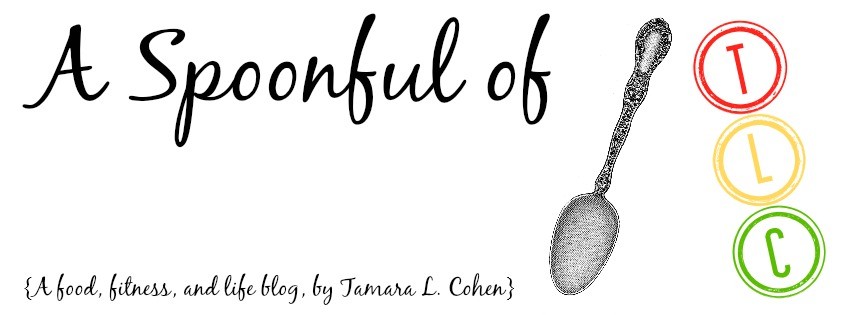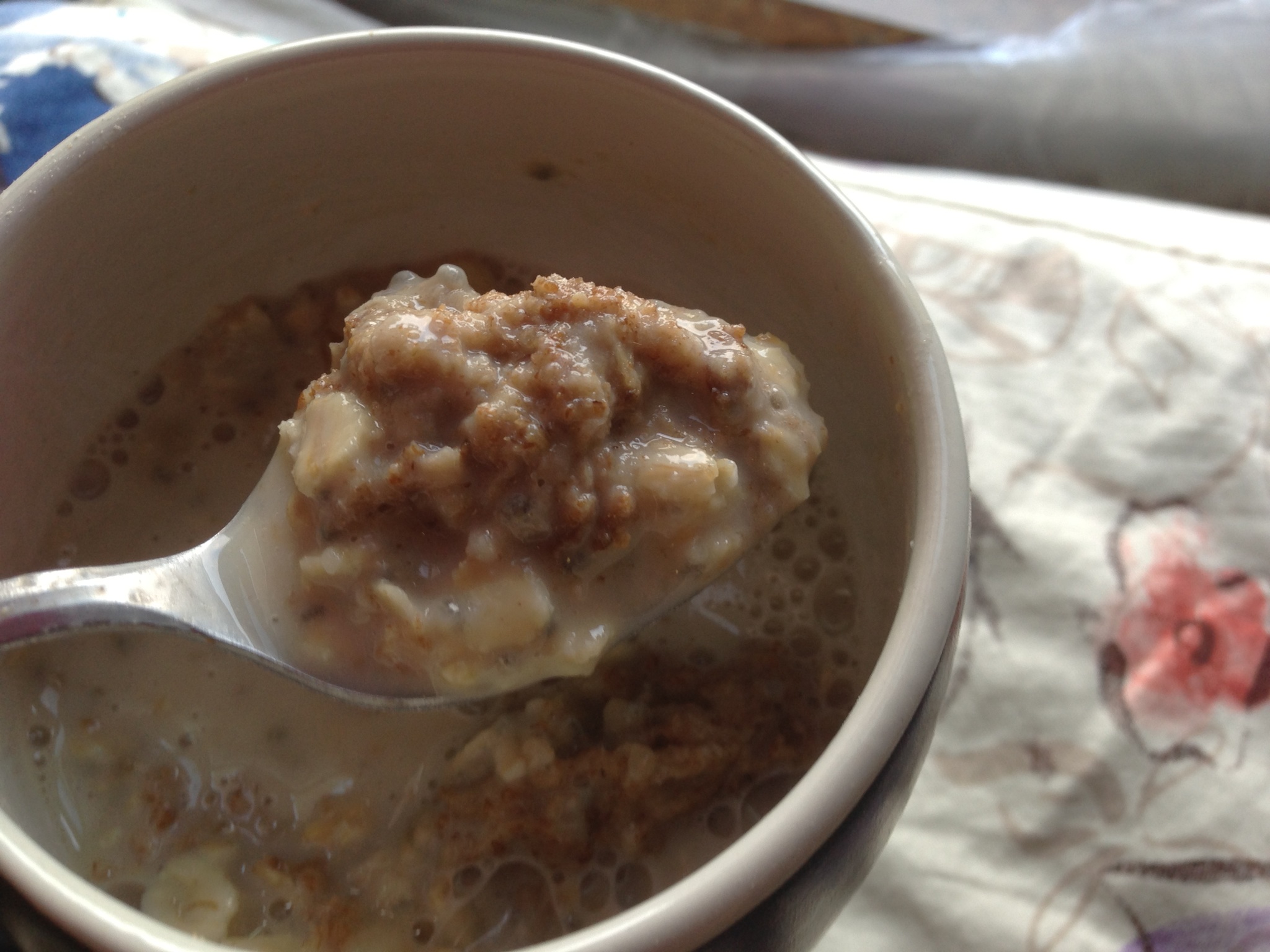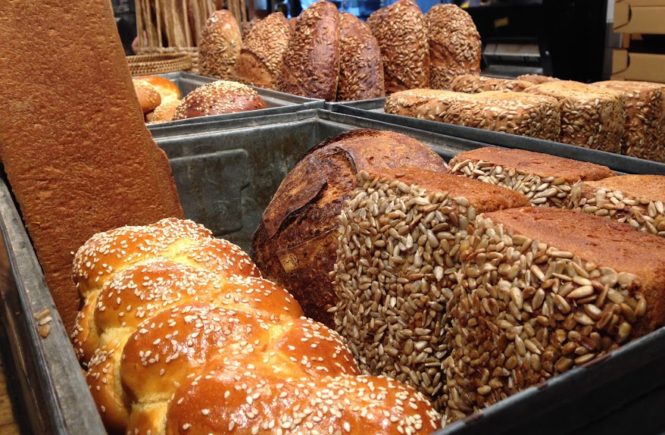Instead of talking about my lame weekend and admitting to how unexciting it was, I think I’ll just skip that and talk about something else instead!
Remember that time I said I would write about healthy campus eating soon? Things don’t always go as planned apparently, because here we are, three weeks later!
Well, why waste any more time. Let’s get to it, shall we?
Having pizza, fries, burgers, steaks, pasta, and chicken patty sandwiches as options for lunch and dinner is nothing new to most of us. I don’t know about other high schools, but my high school offered all of that (and more) in the cafeteria every day. Actually, when I think about it, all of those things were offered as early as fifth grade, but that’s a separate issue.
So what’s different about what was offered in high school and what’s offered now in college? The difference lies in the MEAL PLAN. Having a meal plan can be both a blessing and a curse. A blessing in that it gives students access to so many options and takes figuring out where to eat out of the equation. On the other hand, it can be a curse for so many students because the meal plan not only provides access to one slice of pizza or one burger. For the first time in a student’s life, there is UNLIMITED food to indulge in and there is no one there to tell them what to eat, or what not to eat.
Enter the freshman 15.
On the other hand, there are a lot of people that say “There is nothing healthy to eat besides the salads, so that’s all I eat”.
When you live in the dorms, you really have no choice when it comes to where you will be eating and how the food is prepared. With that being said, you can’t survive on just salads. I suppose you could survive on all of the aforementioned goodies, but that’s assuming you don’t mind putting on a few pounds.
We all need to eat, but when university dining is your only option, how do you create a healthy diet out of what seems like 99% unhealthy options?
I have been living off of a meal plan for three years now, so I like to think I am pretty skilled when it comes to scoping out the options that have helped me maintain a balanced diet and a healthy weight.
Here are the basic “rules” that I go by”
1. Make Your Own Breakfast
Don’t get me wrong- Breakfast in the dining halls is delicious and the options are endless! They always have omelets, pancakes, french toast, fresh fruits, pastries, bagels, breads and oatmeal. Sounds good, right? Well that’s the problem. There are just so many options that it makes choosing a smart breakfast really difficult. Those yummy options are great, but only for one or two days per week. If that kind of breakfast becomes a habit, you will find that you are easily logging 1000 calories with breakfast alone. Besides that, nutrient empty foods like waffles and bagels will leave you feeling hungry in no time. It’s so much better to start the day with something filling with a good punch of protein!
My favorite easy dorm breakfasts include:
- Mix of steel cut oats, quinoa, barley, chia seeds, banana and almond milk
- Instant oats, raisins, banana and unsweetened vanilla almond milk
- Low (or non) fat plain Greek yogurt with sliced banana, berries, a Tbs of peanut butter and cinnamon
- A couple slices of whole grain bread with a Tbs of any sort of nut butter and a sliced banana
You’re probably noticing a theme with the ingredients in those breakfasts. I’m addicted to banana and peanut butter and I’m not afraid to admit it
2. Make Vegetables a Significant Part of Your Meals
When I wrote my post about healthy eating in the dorms, one thing that I said was that most of the food that I keep in my room is pretty carb heavy. For that very reason, I make it a point to incorporate a variety of vegetables into both lunch and dinner. You might say I eat a large salad anytime I eat in the dining halls, but like I said above, you can’t survive on only salad.
That brings me to my next rule!
3. Take Note of ALL of the Options Before Deciding What to Eat
The VERY first thing I do when I get to the dining hall is check out every single option. There are multiple “stations” that offer different types of food-Pizza & pasta, vegetarian & vegan, “comfort food”, burgers, fries, chicken patties, the salad bar, fruits, and soups.
After I have seen my options, the next thing I do is take a large plate and fill it with vegetables, which is why I said you might say I eat salads for any meal that I eat in the dining hall. Once I have a good portion of vegetables, I then go back and take a serving of whatever it is that I want my main portion to be. With self serve, it’s really easy to overdo it and take too much food. By filling my plate with vegetables, I eliminate my ability to overdue it and I am sure to get enough fresh vegetables.

There have been days when I walk in and take the first food that I see, and then curiosity gets the best of me and I want to see what else is out there and then before I realize, there is another plate of food sitting in front of me.
4. Don’t Be Afraid to Ask Questions
When I don’t know what’s in a certain dish (namely meat), I ALWAYS ask either the chef, or one of the managers walking around the dining hall. They are always more than happy to find out what exactly went into the dish and report back to me. In addition to finding out what’s in a dish, don’t be afraid to ask for them to slightly modify something for you. I frequently eat at the vegetarian station in our main dining hall, but when they make the made-to-order dishes, they tend to have a heavy hand with the oil. Because of that, I ask for no oil in my dish and they are always accommodating and will add water instead. Sometimes I ask for a certain meal with no sauce, or just a small portion if I think the portion is too large.
5. Make Requests
Trust me when I say that your university dining program WANTS to hear from you. They don’t just want to hear complaints about employees or food, but they want to hear SUGGESTIONS for new products, new meals, what you think is working and what’s not working. The dining program at my school loves hearing from students and will do whatever they can to bring in new, requested products. Last year, I requested that the store sell almond milk and guess what? They have been selling almond milk ever since. If anyone has a specific recipe that they love, they can submit it and the dining staff will do what they can to add it to the cycle menu. How cool is that?!
They can only read minds to a certain extent. Beyond serving what they know will be popular, they need input for new products. Talk to a manager and give them your input!
6. Mix and Match
Oh no. The grilled fish at one station looks great, but then again, those quinoa bean cakes look yummy, too. Which to choose? That’s a predicament that I find myself in quite often. The solution? Mix and match! Sure you might end up with 5 different plates (because they won’t serve on plates you have touched), but you will eventually end up with one big plate of a variety of healthy options. I often fill my plate up with salad and then visit a couple stations and ask for only the side, or only the main dish and put everything on top of my salad or on a side plate. I hardly ever get one complete meal from any station. It keeps things interesting, and delicious!
Mixing and matching also makes building a healthy meal about a thousand times easier. For example, our dining hall might have a “smashed potato bar”, where they have vegetarian chili to put on potatoes. I will take only the chili and then pair it with another healthy option, like grilled fish, from a totally different station and brown rice or plain barley from two other stations. It might sound labor intensive, but it only take 3-4 minutes to put a quality meal together.



7. Don’t Treat the Buffet Like A Buffet
This might be one of the biggest issues with university dining. Many schools have “One swipe all-you-can-eat” locations, which is where I eat most often. A slice of pizza, or a burger won’t kill you. It’s when it’s two slices of pizza, a burger, a hot dog, a bowl of pasta and chicken stir-fry that it becomes to be too much. I used to get food, sit down, eat, and then browse for something else. I suddenly realized that by doing that, I was leaving the dining hall uncomfortably full. These days, I make it a point to take everything I plan to eat at once, sit down, eat it, and that’s it. I don’t go back for seconds unless I’m actually still hungry and if I do, I usually come back with a bowl of fruit. Just because it’s all-you-can-eat doesn’t mean it should be ALL you CAN eat.
8. Don’t Deprive Yourself of the Things That You Really Crave
If you’re dining hall is anything like the one at my school, you know that most of the options include the ooey-gooey greasy foods that we all crave once in a while. We’re bombarded with pizza and fries and mac and cheese and so much more, so when the going gets tough, it also gets tough to say no all the time. So DON’T say no all the time! I personally have a weakness for macaroni and cheese, so when it’s being served, I don’t drive myself nuts and try to avoid it like the plague. Instead, I do my normal routine of visiting each station, then I build a big healthy salad and then I go and ask for a normal portion of whatever it is I really want. Of course, I don’t do this every night, or even every week, because for the most part, I crave the healthier options and that’s what always calls to me. There are always those nights were it’s been a long day, I’m stressed, and I just want something comforting, so I go for it, and it has yet to kill me.
Even Misu needs a yummy slice of pizza every once in awhile.
I’m a firm believer in moderation and never depriving yourself if it’s going to make you nuts. There is a fine line between “not depriving yourself” and overdoing it. The key is to find a balance. If pizza, burgers and steaks are your thing, then make it a point to lighten those things up and aim to enjoy them fewer times per week. Or, have the burger, but say no to the cheese and the extras, and eat it with a salad.
9. Satisfy The Sweet Tooth Every Once In A While
After everything is said and done- you’ve finished a healthy meal and now you’re putting your dishes away and getting ready to head out. Oh, no. You have to walk by the dessert display that always has a plethora of cakes, cookies, ice cream and pies. It’s just so easy to grab a couple cookies and be on your way, but those cookies can easily add 300+ calories and a significant amount of fat and sugar. Make that an every day (sometimes twice a day) thing and you’ll find that you have developed a pretty nasty habit.
The desserts always look great when I’m on my way out, but in all honesty, they’re never anything to write home about. They usually taste like they came from a box and are never as satisfying as they look. Because of that, my last rule is to only have the dessert when it’s something you have NEVER tried (fried ice cream?) or it’s a special occassion. Lunch and dinner seven days per week don’t count as special occassions, and I promise you that you have had every type of dessert that they offer.
I love something sweet after dinner, so I eat a small handful of granola on the way out, or I keep mini dark chocolates in my room that I LOVE and both of these options get the job done. With that being said, I usually have dessert in the dining hall once a week, but I always ask for a small cup and I really take the time to enjoy it.
Desserts should not be the enemy. Too many desserts can become an issue.
Well, that’s all I’ve got! I hope these tips are interesting and helpful and I hope they help you find the healthy options!
One other perk of picking the healthy options? It seems like everyone else gravitates toward the unhealthy options, so you’ll never need to wait in those lines!



![IMG_2642[1]](http://peachesandpeanuts.files.wordpress.com/2013/01/img_26421.jpg)




